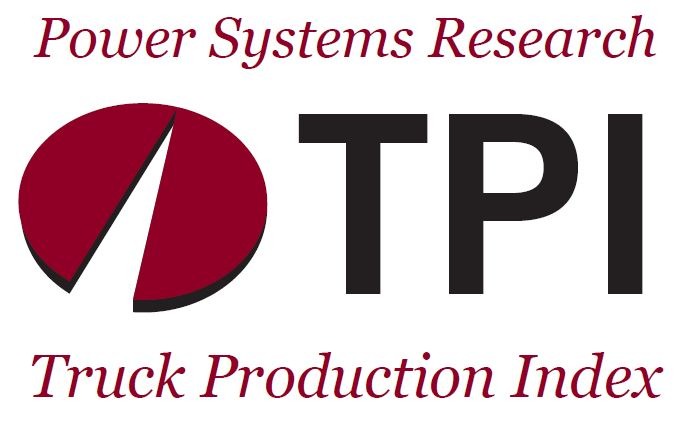St. Paul, MN (January 25, 2022)— The Power Systems Research Truck Production Index (PSR-TPI) increased from 116 to 120, or 3.4%, for the three-month period ended December 31, 2021, from Q3 2021. The year-over-year (Q4 2020 to Q4 2021) loss for the PSR-TPI was, 190 to 120, or -37%.
The PSR-TPI measures truck production globally and across six regions: North America, China, Europe, South America, Japan and Korea and Emerging Markets.
This data comes from OE Link™, the proprietary database maintained by Power Systems Research.
Global Index: We expect global production volumes in 2022 to gain 3.7% vs 2021, with a positive trend in all regions, except for China, where we expect production volumes to be down -3.6% in 2022 vs 2021. China experienced a surge in demand during 2020 due to the change in emissions regulations, so 2021 was down significantly, about 20%.
All Regions: Global demand for Medium and Heavy Commercial Vehicles (MHV) rebounded in 2021 but overall growth in the segment was flat. Going forward, we expect the growth to accelerate in 2022 and 2023. The exceptions to this rebound trend are in China and India, which continue to decline and sharply drive overall global production numbers into negative territory.
Read More»





